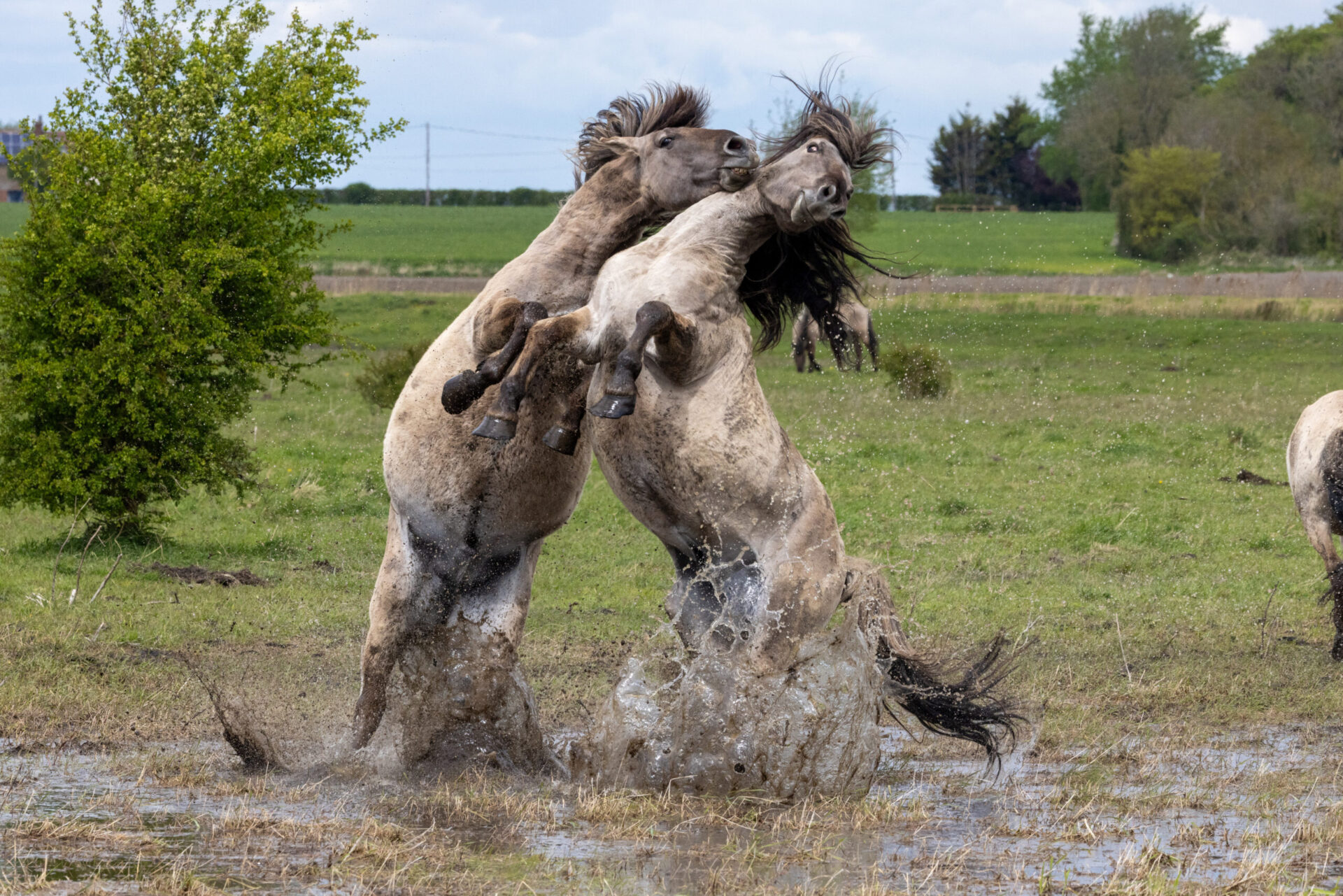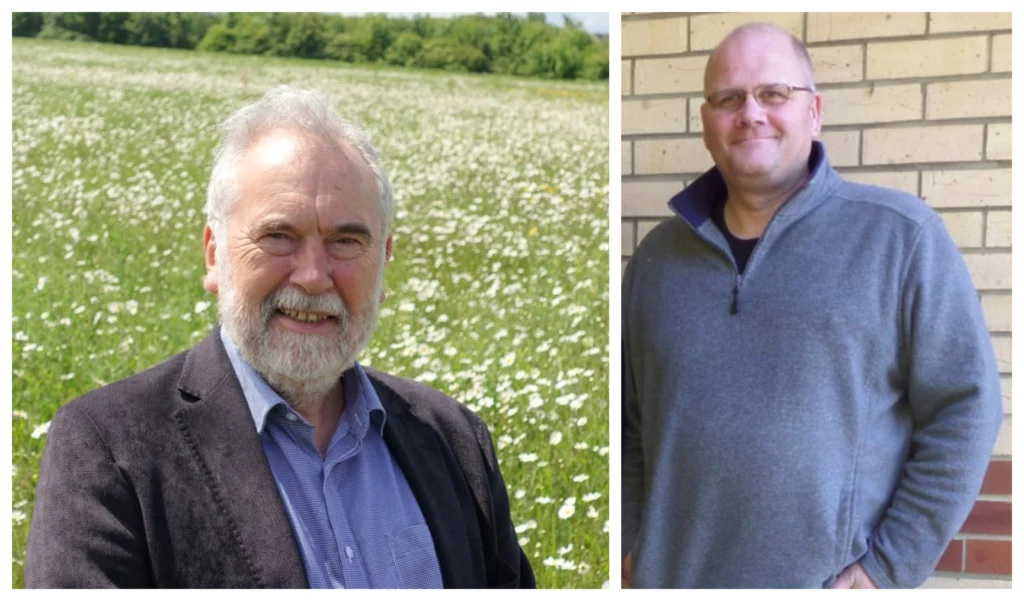Distinguishable Konik ponies are once again on show at Wicken Fen as the National Trust nature reserve prepares to celebrate its 125th anniversary as well as 25 years of the wider Wicken Vision Project. The anniversary date is tomorrow (May 1) but a special day of celebration has been scheduled for Saturday May 4.
There will be dragonfly, birdsong, peat and deep listening walks, some pond-dipping, pizza in the evening and the opportunity to meet some bird ringers.
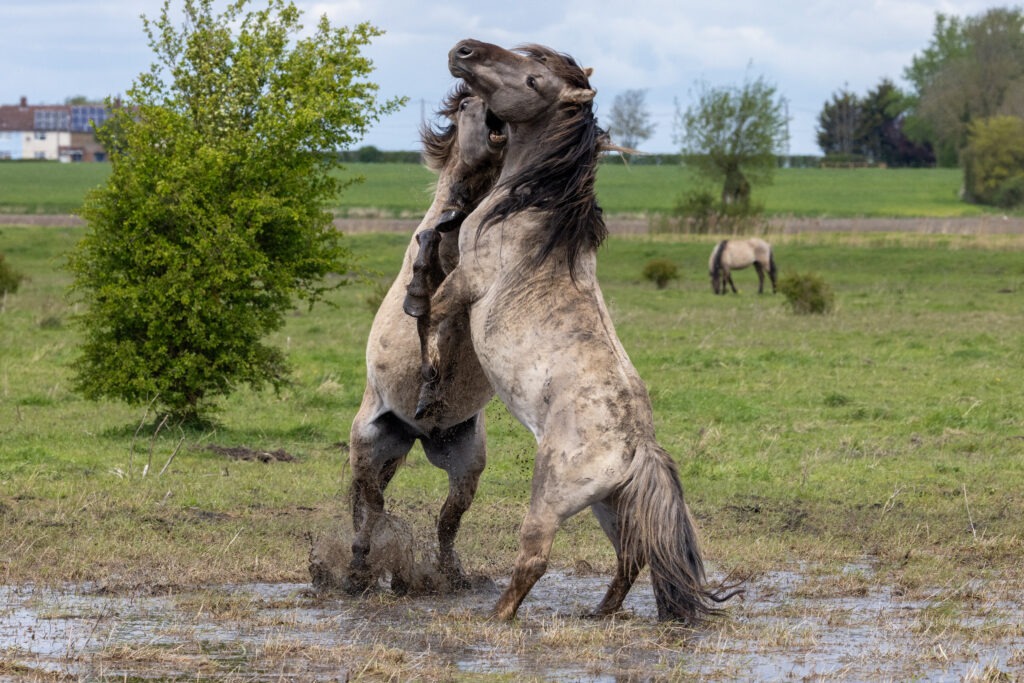
Fen Cottage will be open, and families and children can join in with some hedgehog crafts in the visitor centre.
You might want to hire a bike and go for a cycle ride on the wider reserve or book a boat trip along the Lode.
The visitor centre and boardwalk will be open until 8pm on Saturday and refreshments throughout the day are available at the Docky Hut Café.
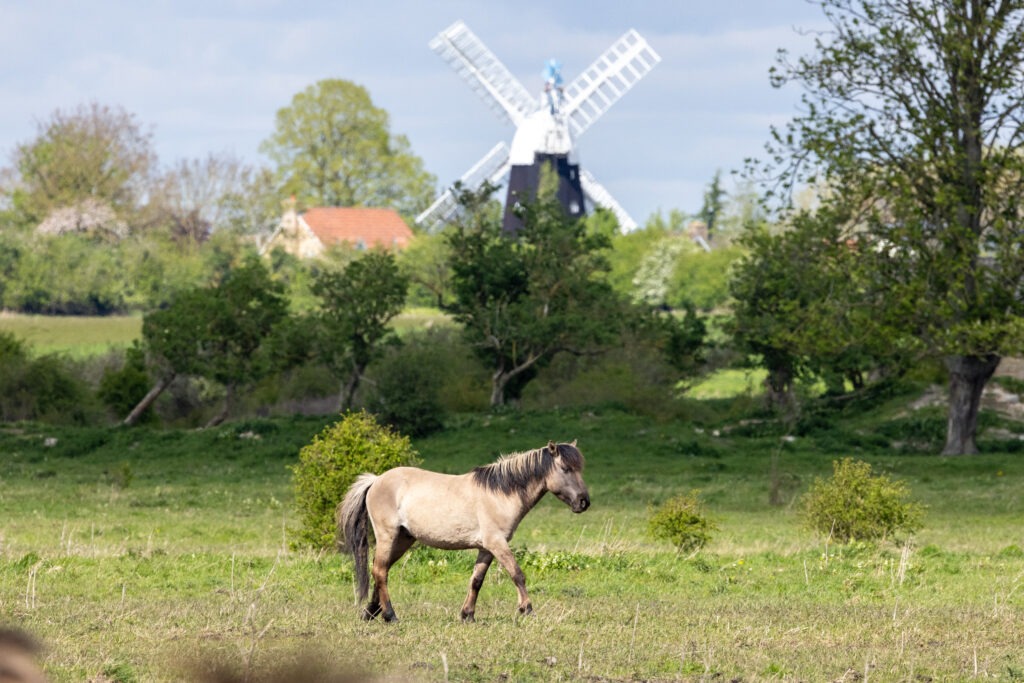
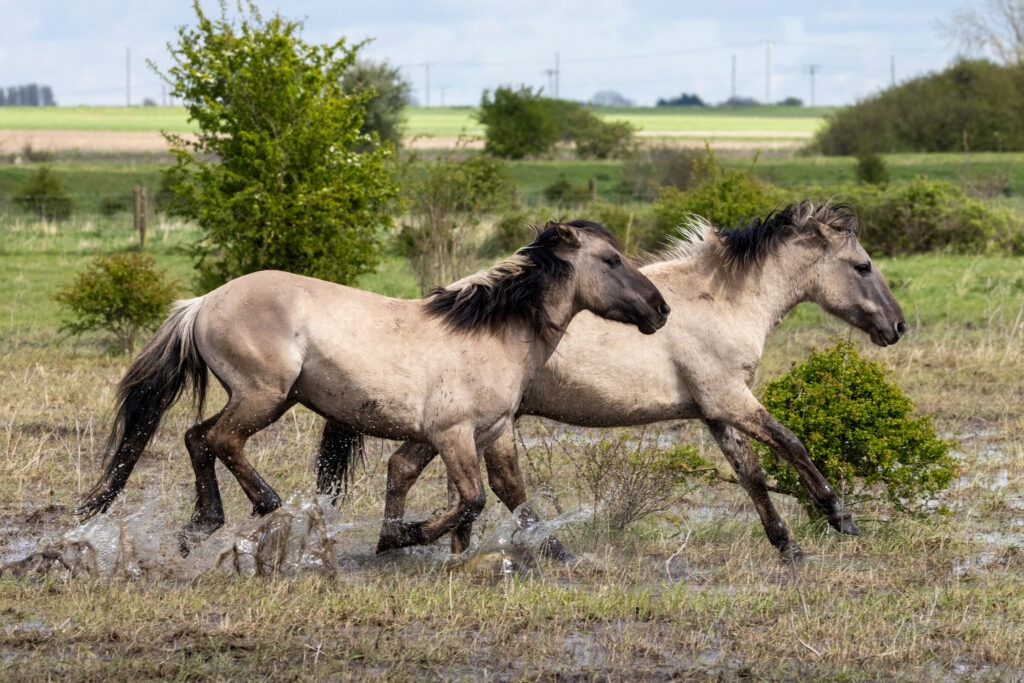
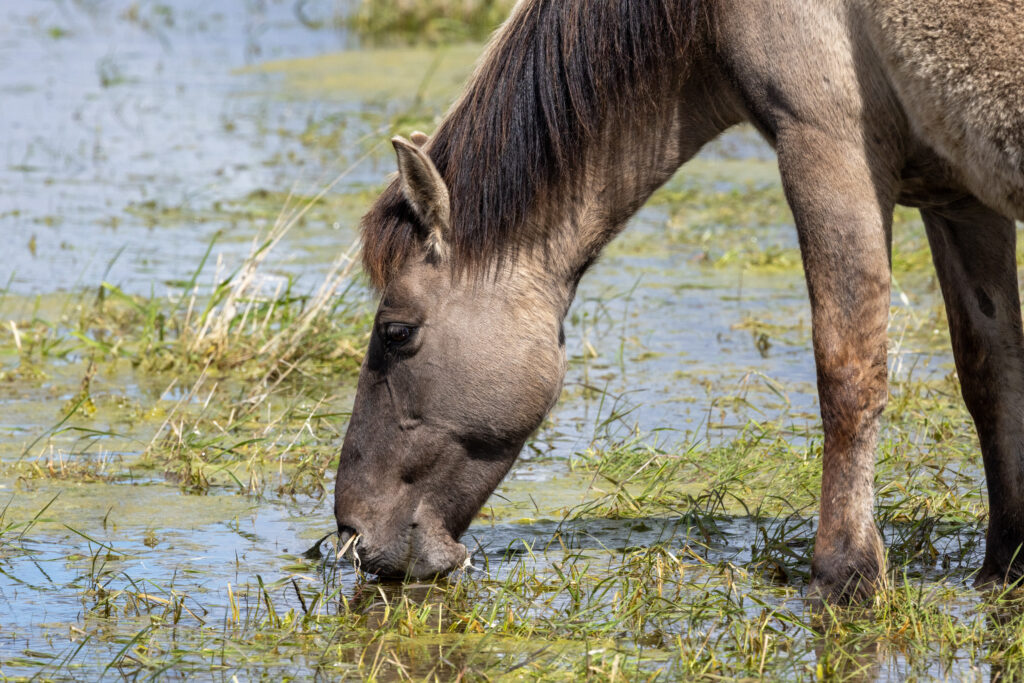
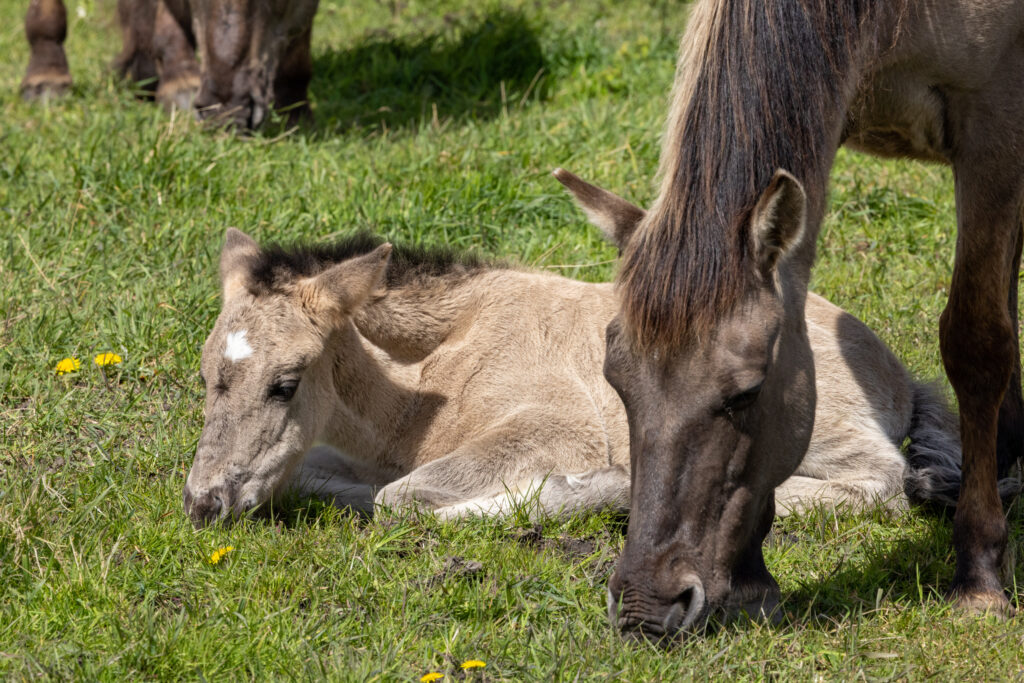
Comprising one of only four fragments of undrained fen in the UK, Wicken Fen is a key habitat for thousands of species of flowers, insects, and birds, and plays and important ecological role by locking up carbon in its wet, peaty soil to reduce emissions and thereby helping combat the climate crisis.
The Konik polski, or Koniks, are a hardy breed of European ponies which graze the historic fenland landscape of Wicken Fen, and have been featured on BBC One’s Wild Isles, narrated by Sir David Attenborough.
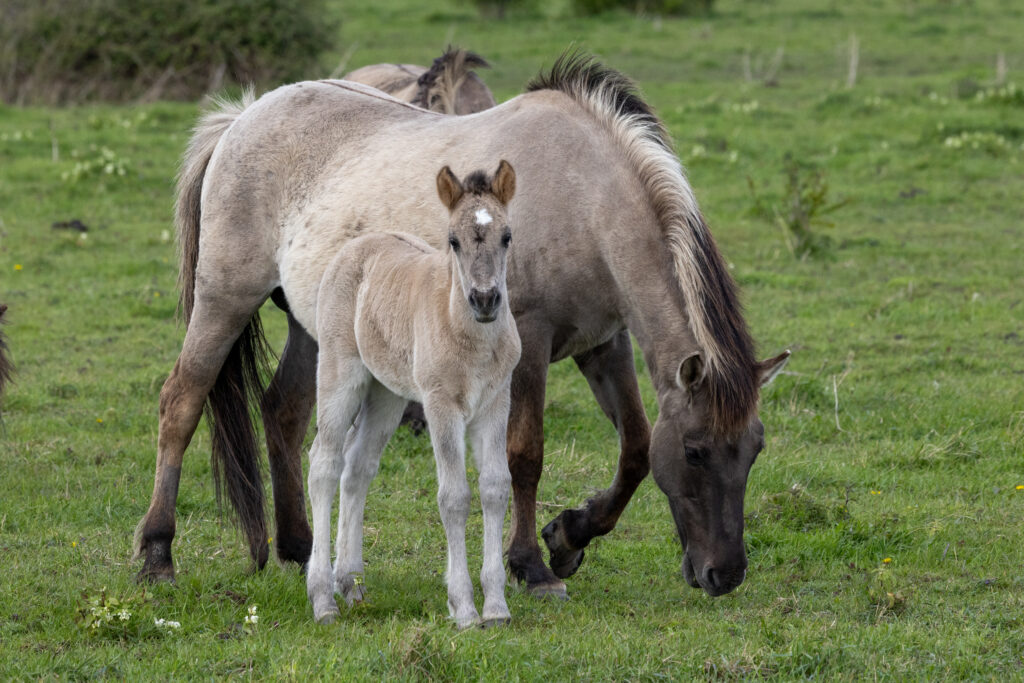
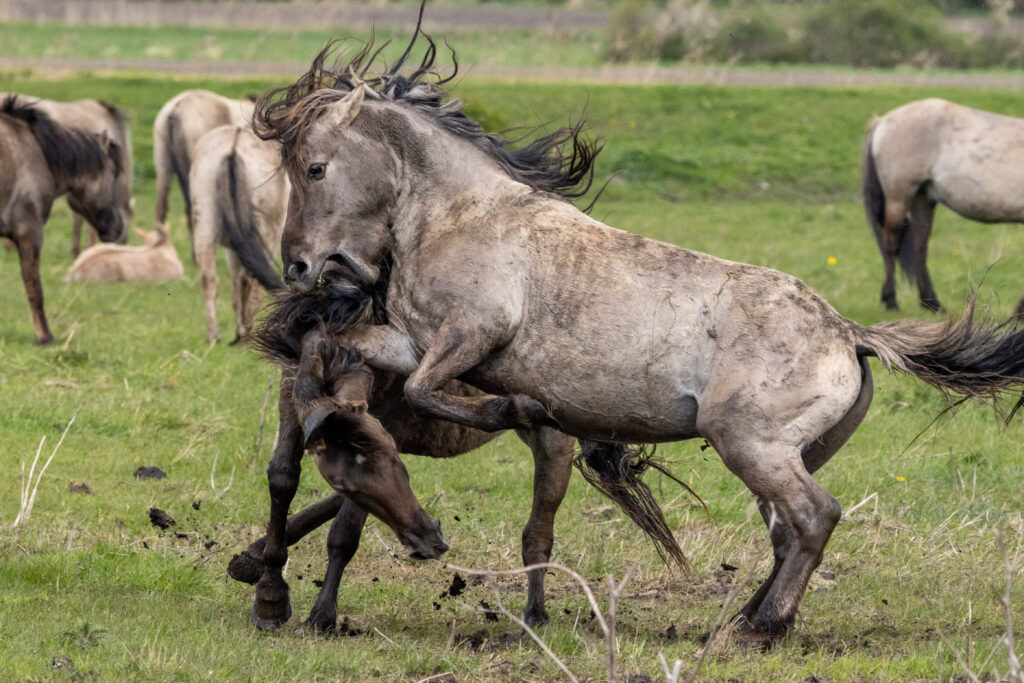
The horses were first introduced to the area by the conservation charity in the early 2000s, together with a herd of Highland cattle, in an effort to make more space for nature on the reserve by clearing persistent shrubbery and move from the previous combination of intensive mowing, cutting, and scrub-bashing to more sustainable and climate-friendly conservation grazing.
Carol Laidlaw, the National Trust’s Grazing Ranger who has looked after the herd for over twenty years, explains: “Through their grazing and social behaviour, the Koniks and cattle create a slowly changing, varied landscape.
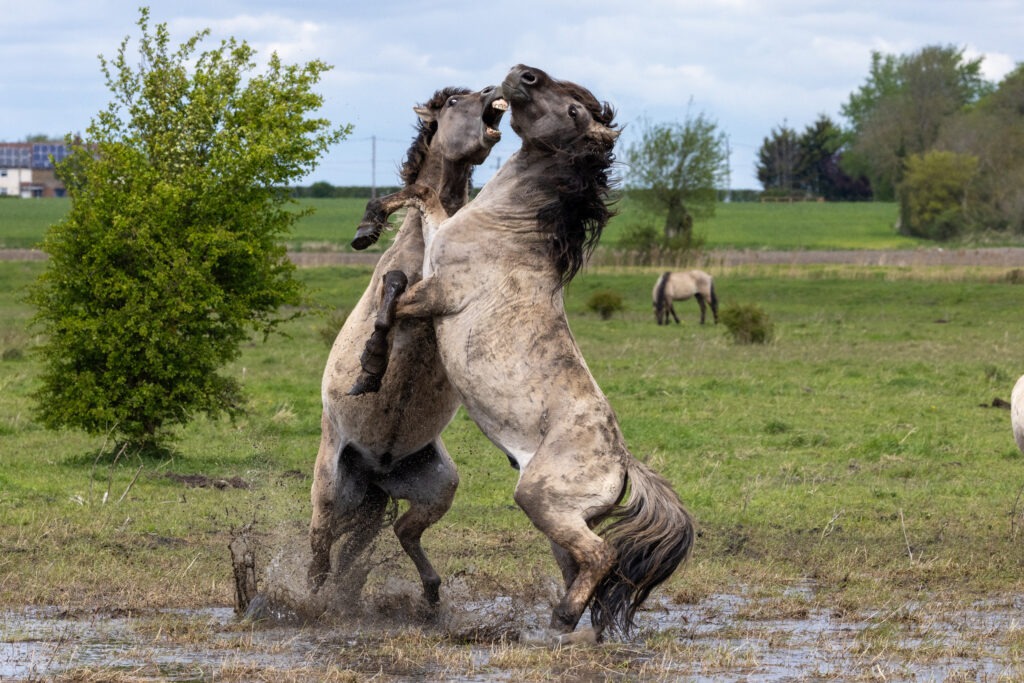
“They each graze in different ways – horses snip off selected plants with their incisors, creating a mosaic of cropped lawns, while cattle pull or tear at vegetation, leaving tussocks.
“This allows different types of vegetation to thrive and increases the diversity and complexity of habitats available to a wide range of species, from tiny dung beetles to mammals and birds like badgers and bitterns.”
The arrival of the first foal of the season is a vital continuation of the hooved fenland custodians’ presence at Wicken Fen and kickstarts the foaling season, lasting from late March throughout April and May.
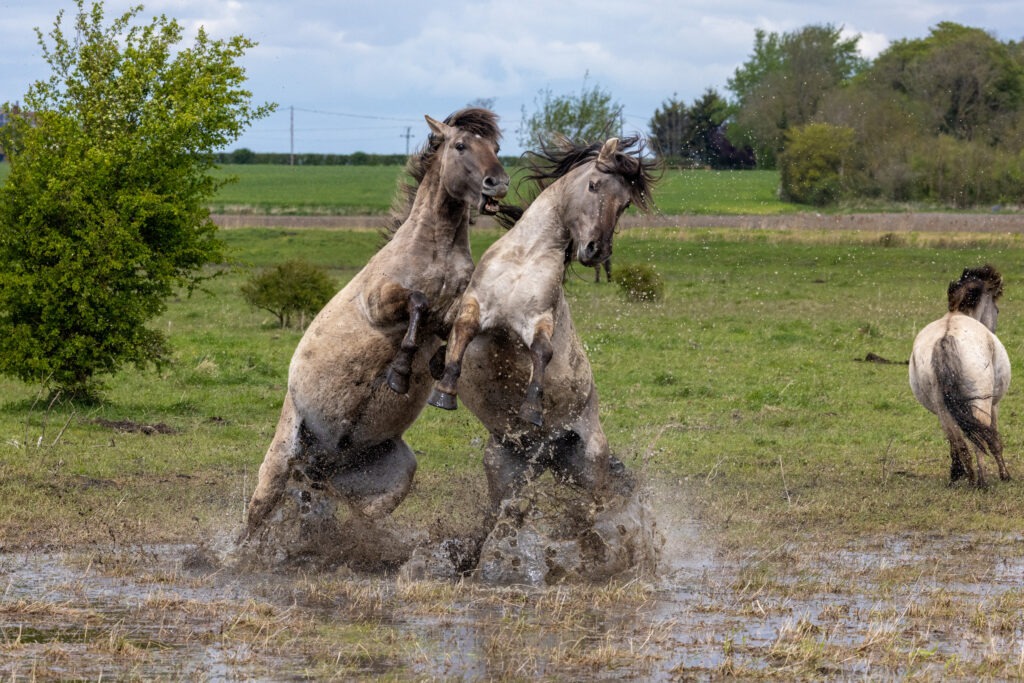
Wicken Fen has undergone many changes under the care of the National Trust, most notably having nearly doubled in size to over 800 hectares (1976 acres) thanks to an ambitious 100-year landscape scale Vision project.
The project’s work seeks to increase the area of fenland to the size of a hundred thousand football pitches to restore the once extensive fenland covering 93,000 square kilometres (almost 36,000 square miles) of East Anglia which had been lost due to draining and straightening waterways during the 17th century. The loss has been described as one of Britain’s biggest ecological disasters.
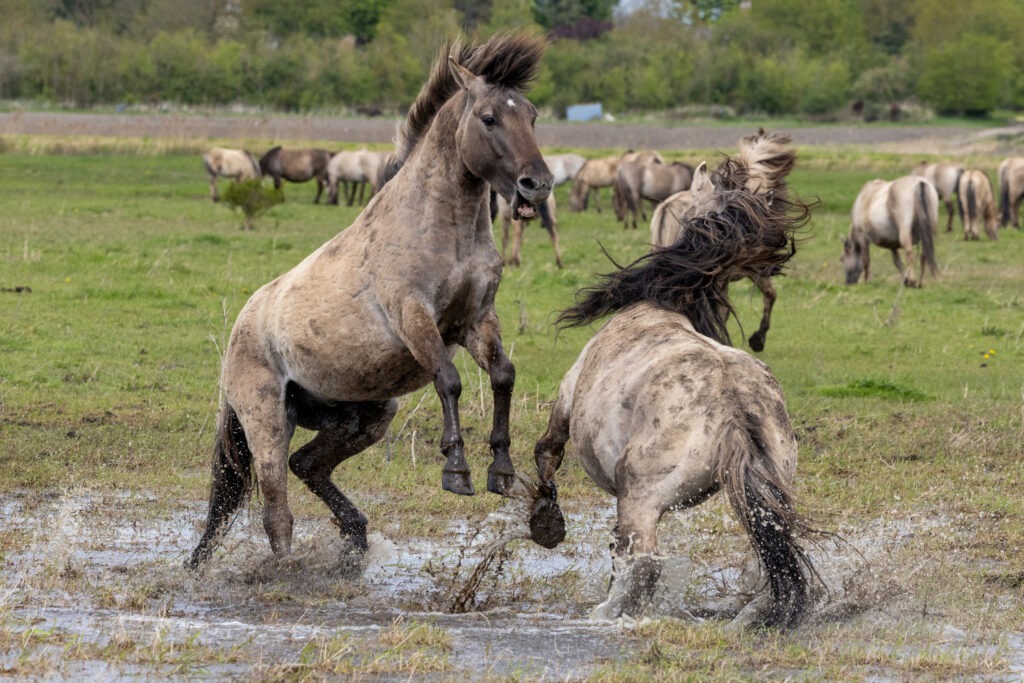
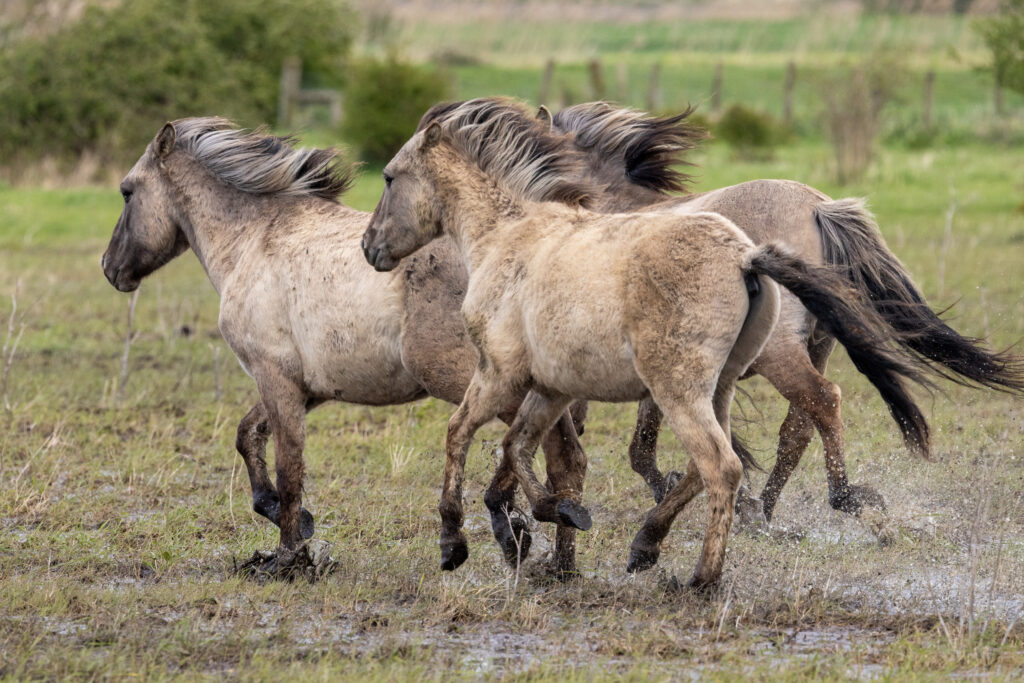
Today, Wicken Fen is once again one of the most biodiverse places in the UK, with over 9,000 different species, including fen ragwort, fen dandelion and fen violet, as well as reed leopard moths and bitterns calling it their home.
With careful and balanced conservation and help from the grazing herd, the conservation charity hopes to protect this precious landscape and help its wildlife to not only survive but thrive.


